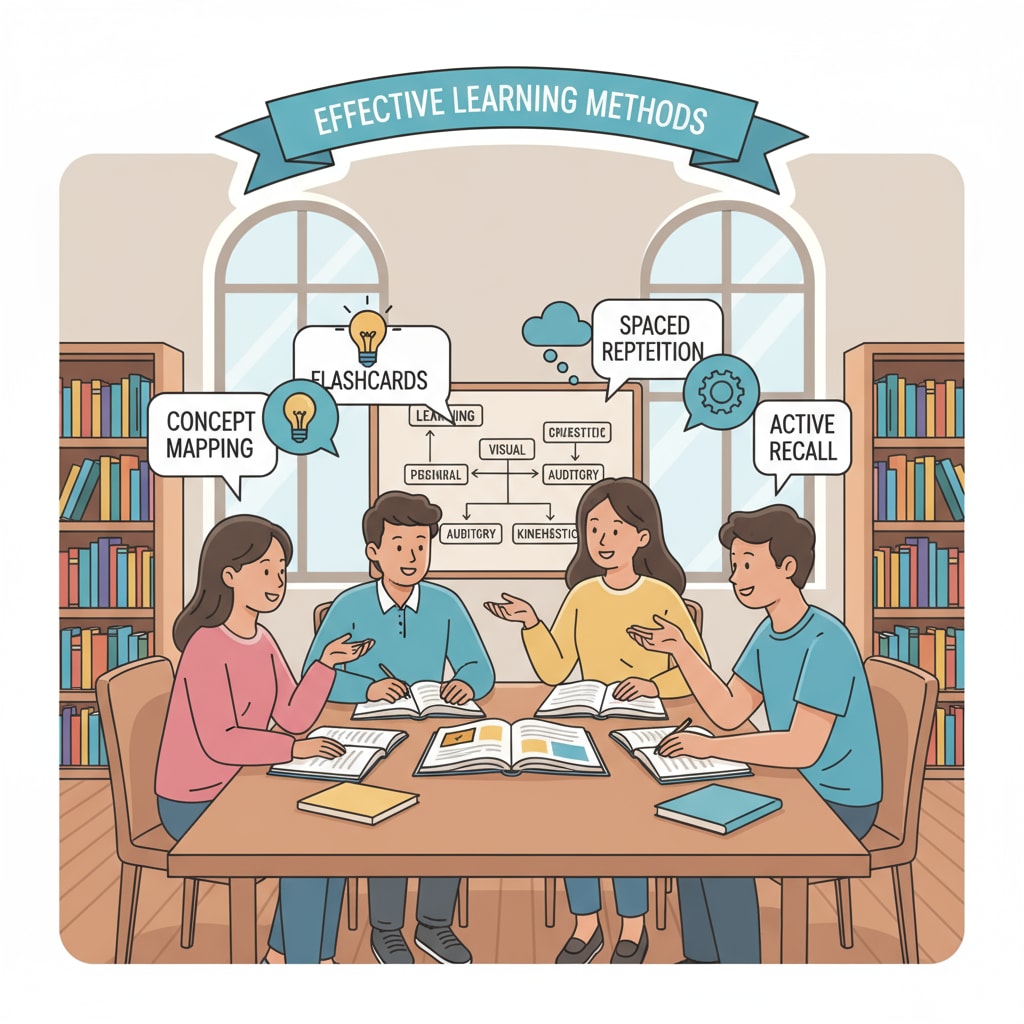In the competitive landscape of K12 education, the pursuit of high scores is a common goal among students. Effective learning methods are the key to consistently achieving above 90% and attaining academic excellence. Let’s explore some tried-and-true strategies that can help students unlock their full potential.

Active Learning: The Foundation of Success
Active learning is not just about passively absorbing information; it’s about engaging with the material actively. Instead of simply listening to lectures or reading textbooks, students should ask questions, participate in discussions, and take notes in their own words. This approach helps in better understanding and retention of knowledge. For example, in a science class, conducting experiments and analyzing the results firsthand can significantly enhance learning. According to American Psychological Association’s research on active learning, students who engage in active learning methods tend to perform better in exams.
Interval Review: Strengthening Memory
Interval review is a powerful technique that involves revisiting learned material at spaced intervals. This helps transfer information from short-term to long-term memory. Instead of cramming all the information before an exam, students should create a study schedule that includes regular reviews. For instance, after learning a new chapter, review it after a few days, then a week later, and then a month later. This way, the knowledge becomes more ingrained in the memory. As stated in Wikipedia’s article on spaced repetition, this method has been proven to improve long-term retention.

Another crucial aspect is deep understanding. Merely memorizing facts won’t lead to high scores. Students need to understand the underlying concepts and be able to apply them in different contexts. When studying math, for example, instead of just memorizing formulas, understand how they are derived and how they can be used to solve various problems. This way, students can handle different types of questions in exams with ease.
Readability guidance: By following these strategies – active learning, interval review, and deep understanding – students can enhance their learning efficiency and increase their chances of achieving above 90% scores. Incorporating these methods into daily study routines can lead to consistent academic success.


